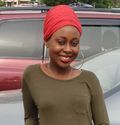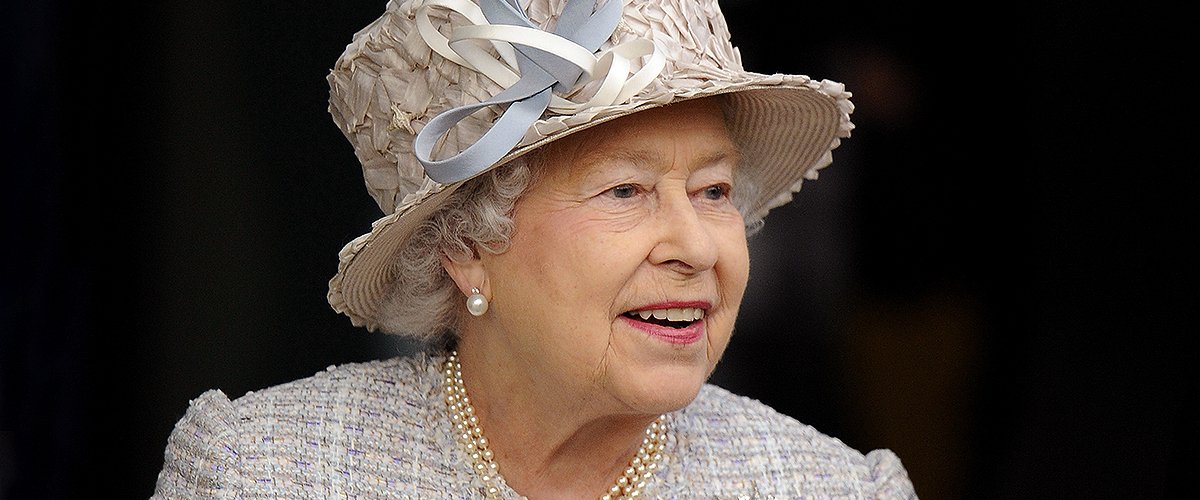
Queen Elizabeth II Once Explained Why You Can't Look down While Wearing a Crown
Over the years, people across the world have grown accustomed to the link between the Crown and Royalty. In a rare interview, Queen Elizabeth once got open about what it felt like to wear the Imperial State Crown.
For any Monarchy, the crown holds symbolic importance, and all and sundry usually revere it. The crown is a symbol of sovereignty and carries the hope and identity of millions of people who have put their faith in a leader to carry this "heavy load" with honor.
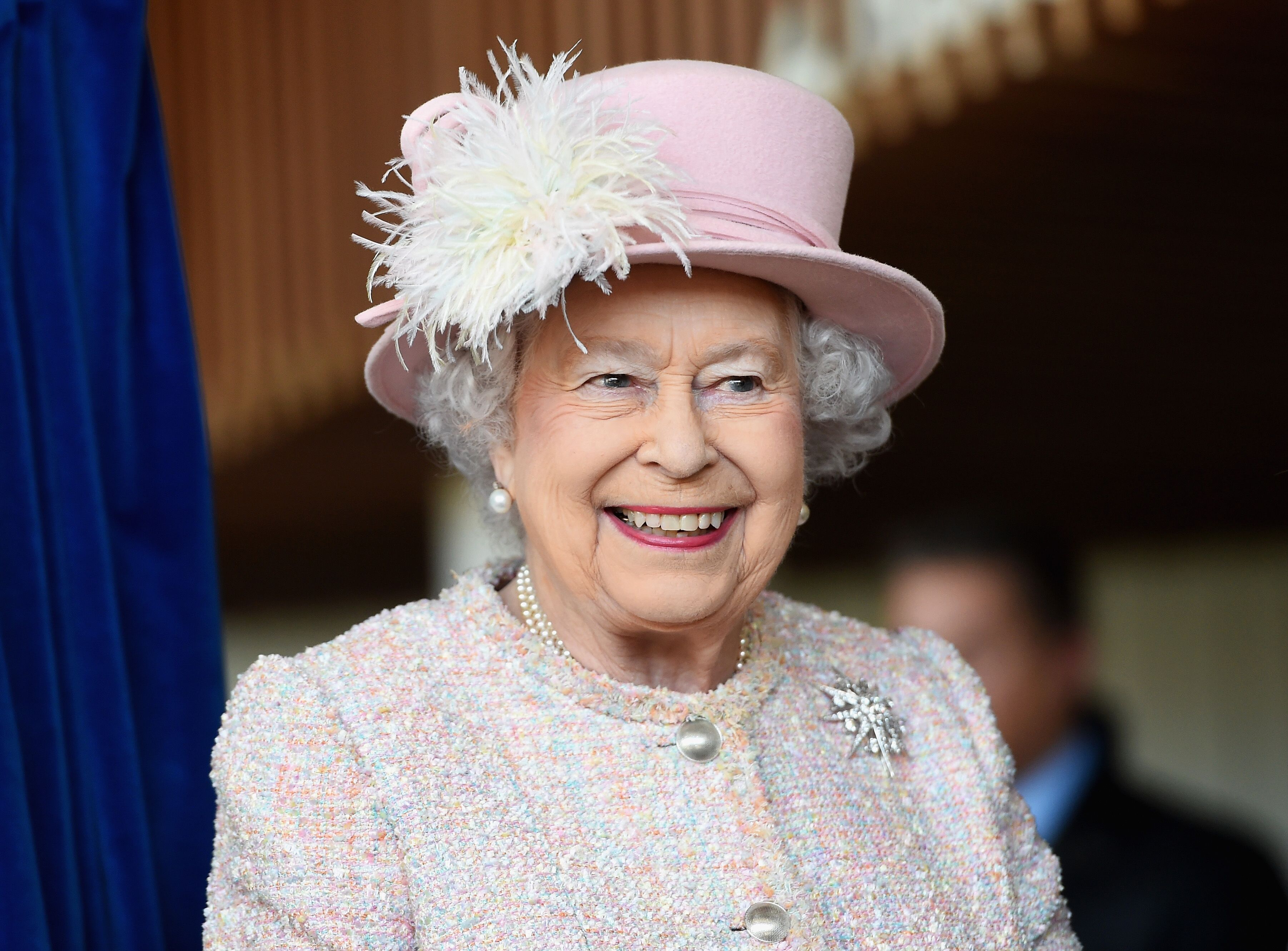
Queen Elizabeth II is seen at the Chichester Theatre while visiting West Sussex on November 30, 2017 | Photo: Getty Images
During any British Coronation, the most important items used are the Monarch's two crowns, St Edwards Gold crown, and the Imperial State Crown. Having worn the latter every year since her Coronation in 1953, the Queen is more familiar with it.
While sharing memories about her Coronation with royal commentator Alastair Bruce, the Queen described what it feels like to wear the Imperial State Crown.
In the video, the Queen explained to Bruce that the diamond-encrusted crown, which she wore at the end of her Coronation and at most state openings of parliament since then, had seen a few modifications over the years.
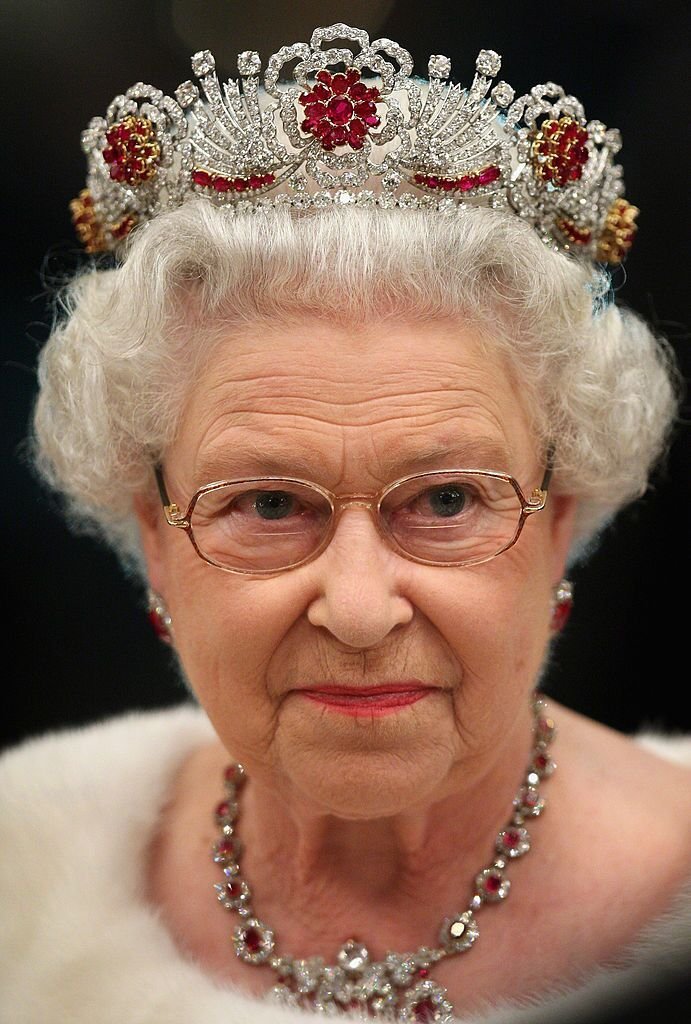
Queen Elizabeth II attends a state banquet at Brdo Castle on the first day of a two day tour of Slovenia on October 21, 2008 in Ljubljana, Slovenia. | Photo: Getty Images
Describing the Imperial State Crown as "very unwieldy," Her Majesty explained that because of the heaviness of the crown, you have to keep your head up always, even when reading a speech. In her words:
"You can't look down to read the speech. You have to take the speech up. Because if you did, your neck would break, or it would fall off."
The Queen remarked that while the crown holds immense beauty and significance, it does still have its disadvantages. One such importance though, is that it's a necessity for a Coronation.
QUEEN ELIZABETH'S CORONATION
British Coronations have been held at Westminster Abbey for over 900 years, but the ceremony of June 2, 1953, which heralded Queen Elizabeth II into sovereign power, was groundbreaking.
For the first time, a British Coronation was televised to over 27 million people in the UK alone, and several more across the globe.
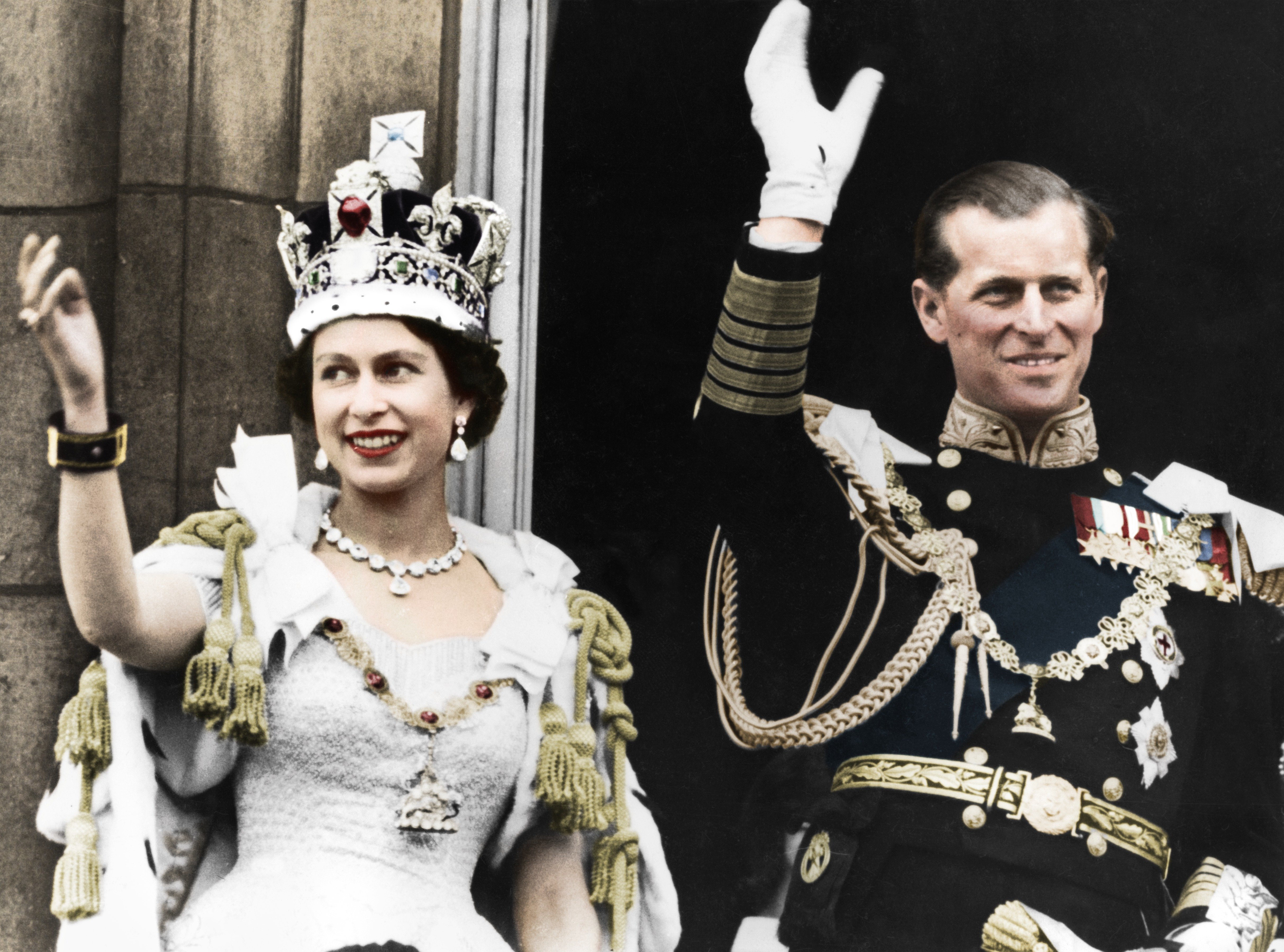
Queen Elizabeth II and the Duke of Edinburgh on the day of their coronation, Buckingham Palace, 1953 | Photo: Getty Images
Queen Elizabeth II became the sixth Queen to have been crowned in Westminster Abbey and the 39th sovereign throughout the history of the crown.
The Queen and The Duke of Edinburgh rode from Buckingham Palace to Westminster Abbey in the Gold State Coach, pulled by eight grey horses.
In a 2018 interview, which was aired on CBS This Morning, the Queen recalled the "horrible" carriage ride around London, saying it wasn't very comfortable.
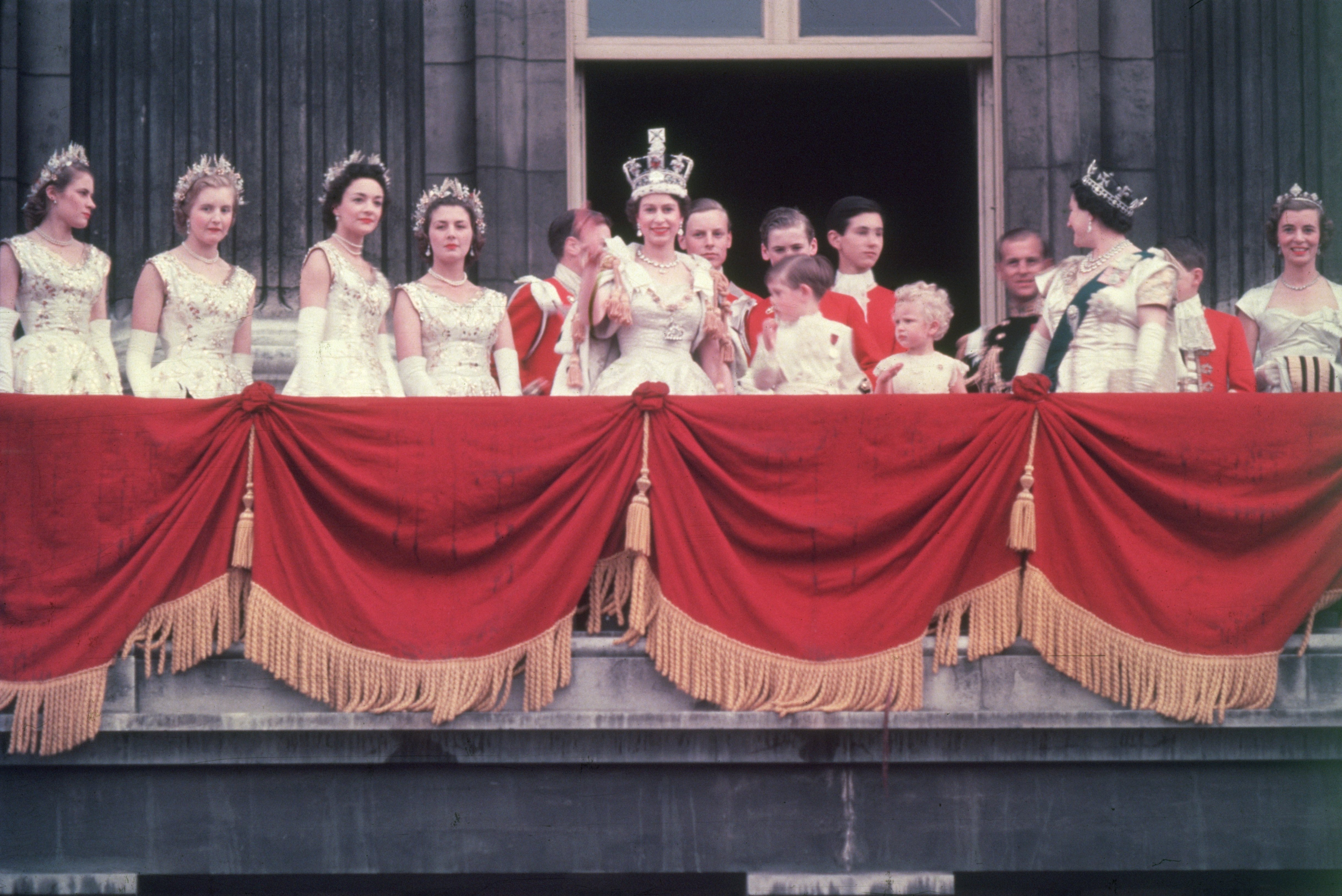
The newly crowned Queen Elizabeth II waves to the crowd from the balcony at Buckingham Palace. Her children Prince Charles and Princess Anne stand with her in 1953 | Photo: Getty Images
Her Majesty's Coronation service, which was the first of its kind, began at 11:15 am and lasted almost three hours. There was a total of 8,251 guests in attendance for The Queen's Coronation ceremony at Westminster Abbey.
During the service, The St. Edward's Crown, made in 1661, was placed on the head of The Queen. It is made of solid gold and weighs 4 pounds and 12 ounces. At the end of the ceremony, the Queen wore the Imperial State Crown on her way back to Buckingham Palace.
THE IMPERIAL STATE CROWN
The crown, which is kept under lock and key at the Tower of London, has been the most significant piece of jewelry in The Queen's nearly seven-decade reign. She has worn it for every State Openings of Parliament since her Coronation, except since 2016.
At almost three pounds and laden with 2,901 stones, it is too heavy a burden to bear for 93-year-old Queen Elizabeth, and so it assumes a new position atop a velvet pillow beside her Majesty.
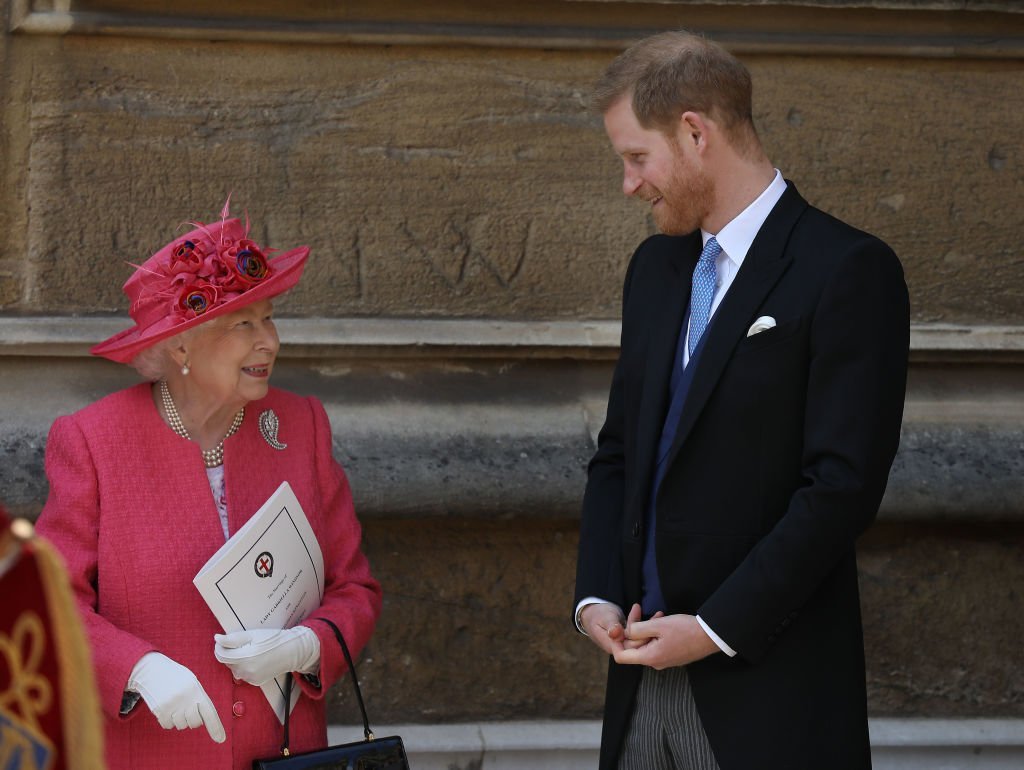
Queen Elizabeth II speaks with Prince Harry, Duke of Sussex as they leave after the wedding of Lady Gabriella Windsor to Thomas Kingston at St George's Chapel, Windsor Castle on May 18, 2019 in Windsor, England | Photo: Getty Images
Included amongst those nearly 3000 precious stones are some of history's most valuable gems, like the Cullinan II diamond, St. Edward's Sapphire (believed to have begun life as Edward the Confessor's ring), the Stuart Sapphire (once positioned at the front of the crown but recently moved to the back), and the Black Prince's Ruby.
The Black Prince's Ruby is the large red stone at the center of the Imperial State Crown, and it is a 170-carat red spinel. It has a rich history behind it and has been a permanent feature on the crown since it was made for Queen Victoria in 1838.
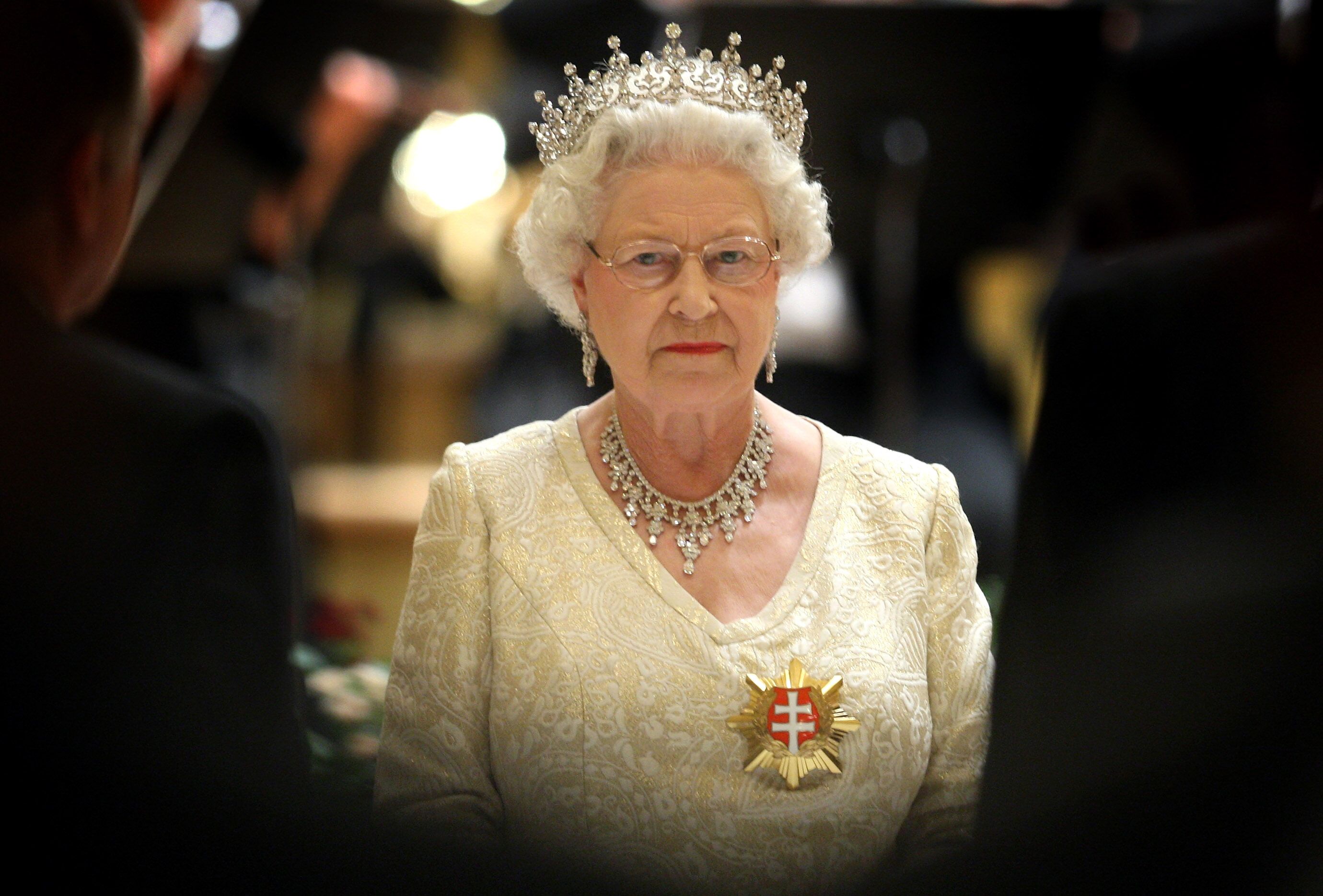
Queen Elizabeth II attends a State Banquet at the Philharmonic Hall on the first day of a tour of Slovakia on October 23, 2008 in Bratislava, Slovakia. | Photo: Getty Images
As one of the most prominent royals, the Queen of England is blessed with a rich array of timeless jewelry, most of which were inherited and have spanned over 1000 years.
Some of these priceless jewelry pieces include The Grand Duchess Vladimir Tiara, Burmese Rubies (given to the Queen by the people of Burma as a wedding gift), The Japanese Pearl Choker, The Brazilian Aquamarine Parure Tiara, and The Russian Fringe Tiara.
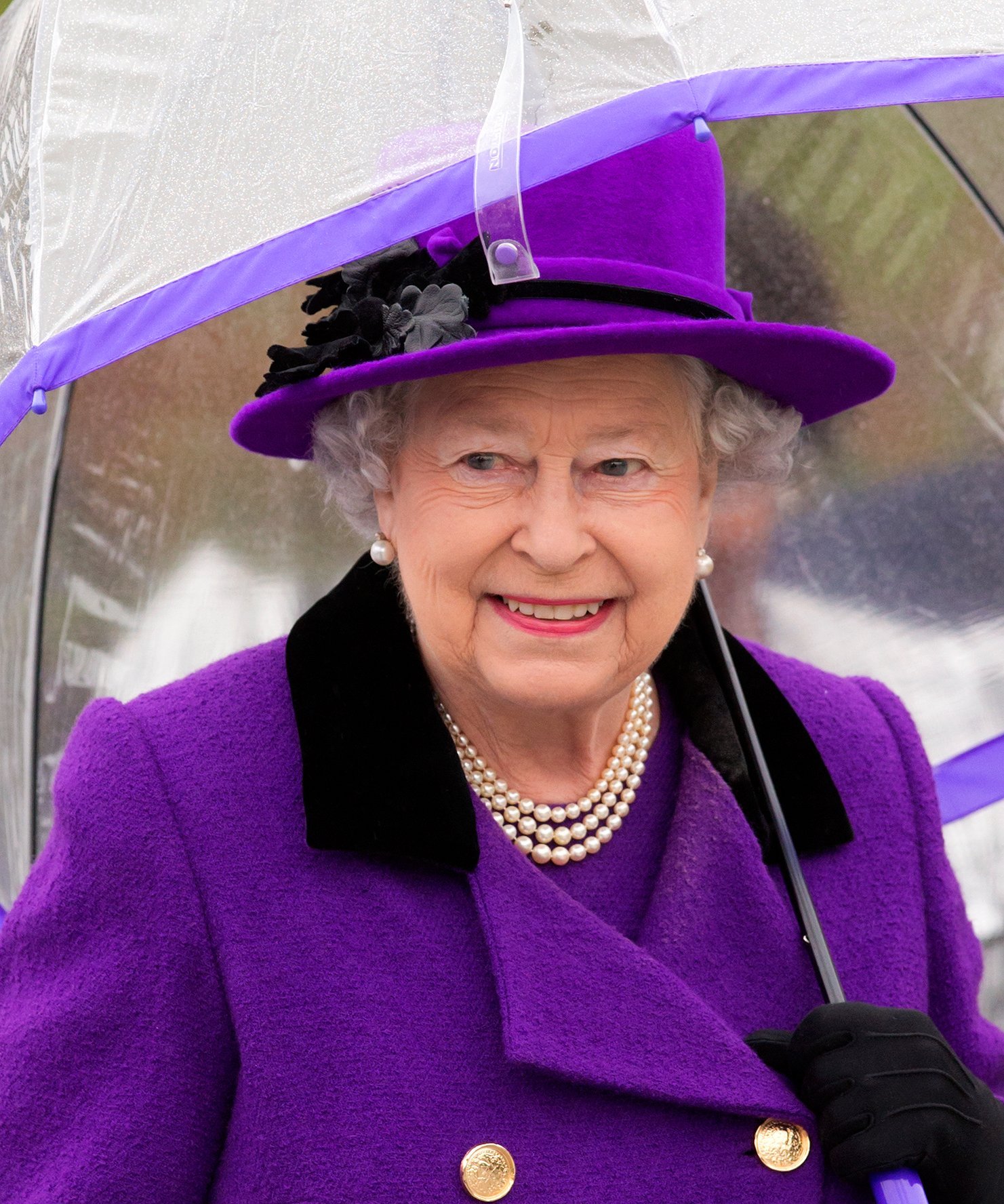
Queen Elizabeth II attends the opening of the newly developed Jubilee Gardens on October 25, 2012 in London, England. | Photo: Getty Images
The Queen isn't the only member of the Royal family with a taste for precious and timeless jewelry. The Halo Tiara is an example of a piece of jewelry that has been passed down through many generations.
It was made by Cartier in 1936 and presented to the Queen's mother by her husband before their wedding. It has since been worn by Princess Margaret and, more recently, Kate Middleton during her wedding to Prince William.
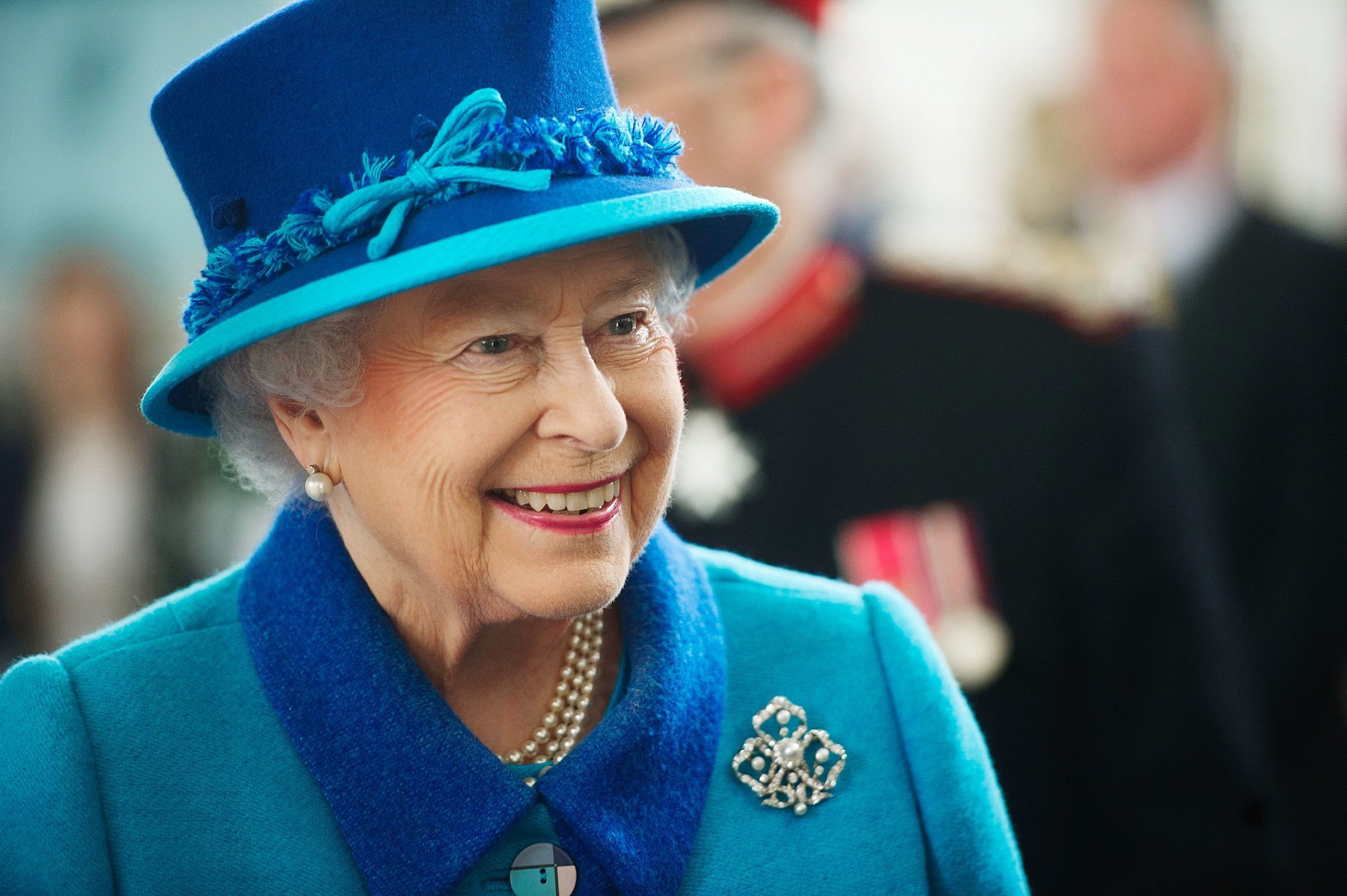
Queen Elizabeth II during a visit to the Chapel to view the restoration and meet local people involved with the project at the Royal Dockyard Chapel during an official visit | Photo: Getty Images
Margaret Greville Emerald, which is a jewelry collection left to the Queen Mother by Margaret Greville and inherited by the Queen of England in 2002, was recently worn by Princess Eugenie.
Other luxurious jewelry within the royal family includes The York Diamond Tiara, The Strathmore Rose Tiara, The Festoon Tiara, and many more.
